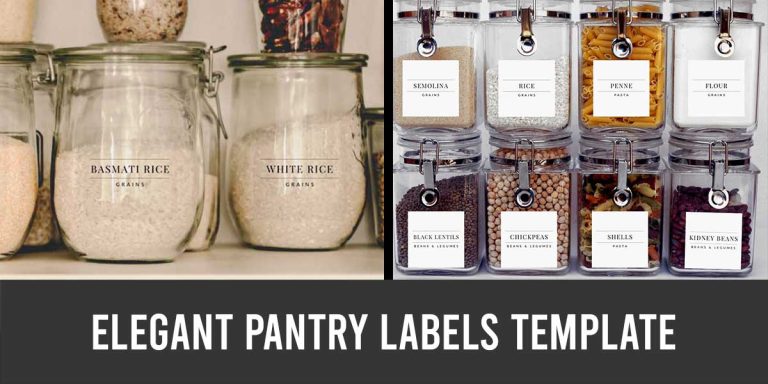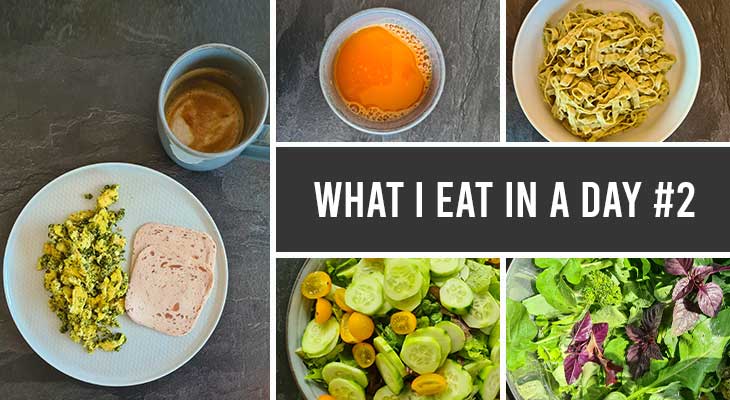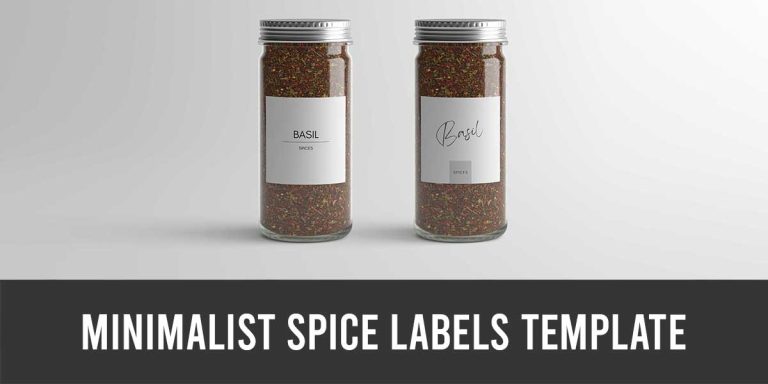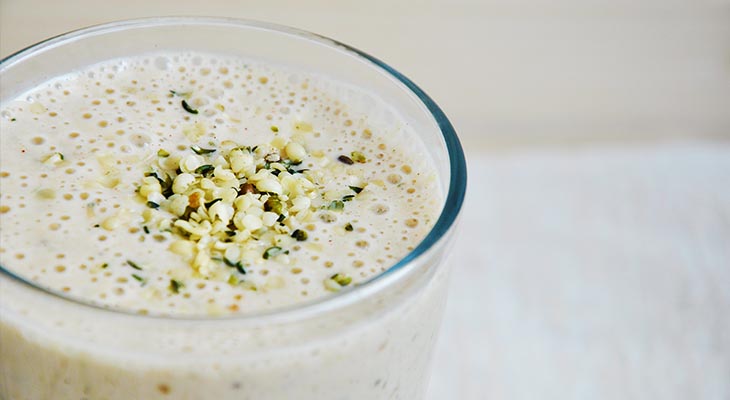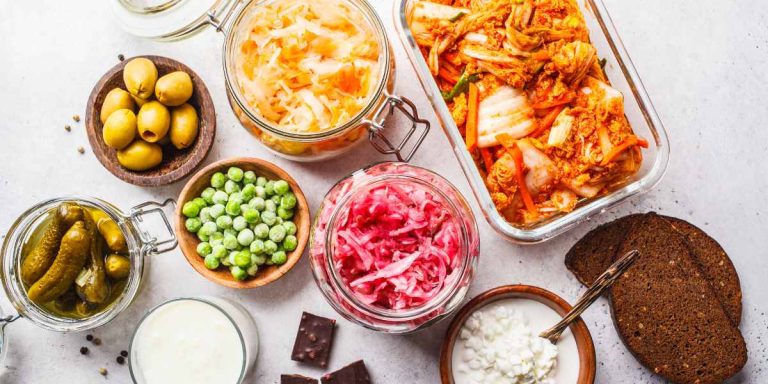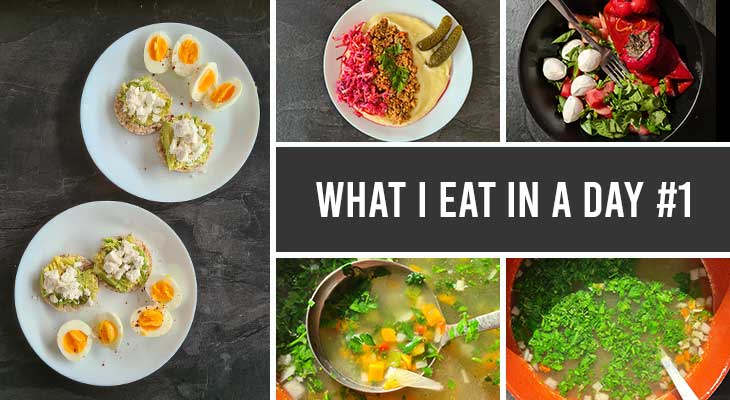Top Edible Essential Oils for Plant-Based Diet Recipes
Explore the top edible essential oils for plant-based recipes, with safety notes and quick flavor combos to enhance everyday vegan dishes.
Cooking plant-based meals requires a lot of creativity but also involves a lot of colors and flavors. As many people start incorporating vegan and vegetarian meals into their diet, culinary experts try to find new, natural methods to enhance their meals with new flavors and aromas. This is where oils step in.
Most people think that oils are only used for aromatherapy, but certain types are also used in culinary practices. Edible oils are used in smoothies, desserts, sauces, and many more. Out of these, Lemon Essential Oil is among the most famous and with reason. It is also among the brightest and most flavorsome oils to keep in the kitchen.
This guide will focus on how plant-based meals can be improved with oils, highlight the most popular varieties of oils used in vegan meals, and provide tips on how to work with these oils for maximum flavor.
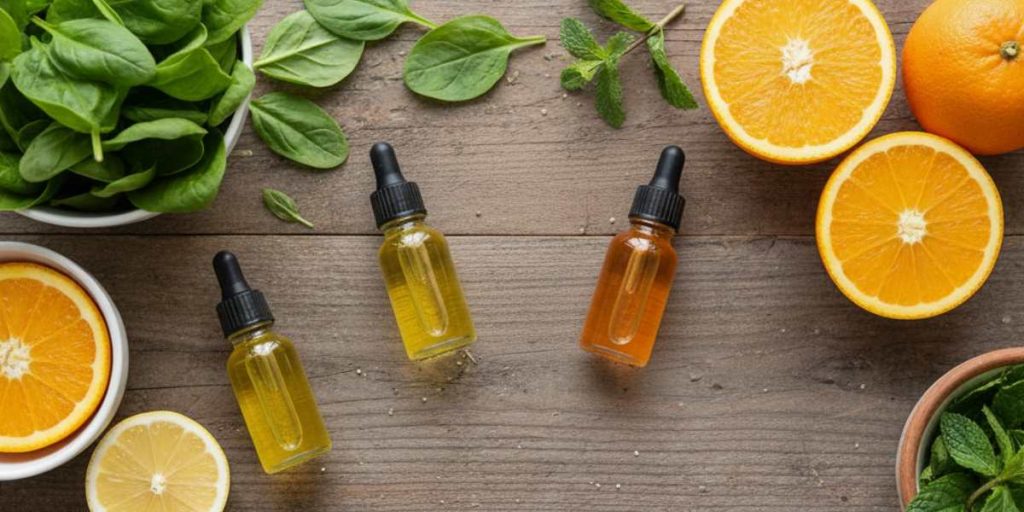
Essential Oils In Plant-based Meals
Dishes which are plant based specially highlight the nourishment of the herbs, grains, fruits and nuts in the oils to enhance flavor and aroma. Very often though, even the most fresh and exotic ingredients can use that sprinkle of perfection, which is what essential oils can do.
A small droplet of Lemon Essential Oil is capable of capturing the zest flavor from an entire lemon, providing a concentrated liquid alternative without having the need of grating or squeezing. The same can be said for edible essential oils which bring the addition of spice, floral, or heat in a controlled manner.
Advantages of Edible Essential Oils:
- Intensely Pure Flavor: Very concentrated, so only small amounts are needed.
- Extremely Long Shelf Life: Retain their flavor for several months unlike fresh produce.
- Derived from Clean Sources: Many come from organic botanicals such as steam-distilled without added substances.
- Adaptability: Suitable for beverages, confections, dressings, marinades, and a variety of more.
- Sustainability: Use less zest and extracts as they have a shorter expiration date.
It’s essential to keep in mind, though, that not all essential oils are edible, and only food-grade oils that have been deemed as safe for internal use can be utilized for cooking.
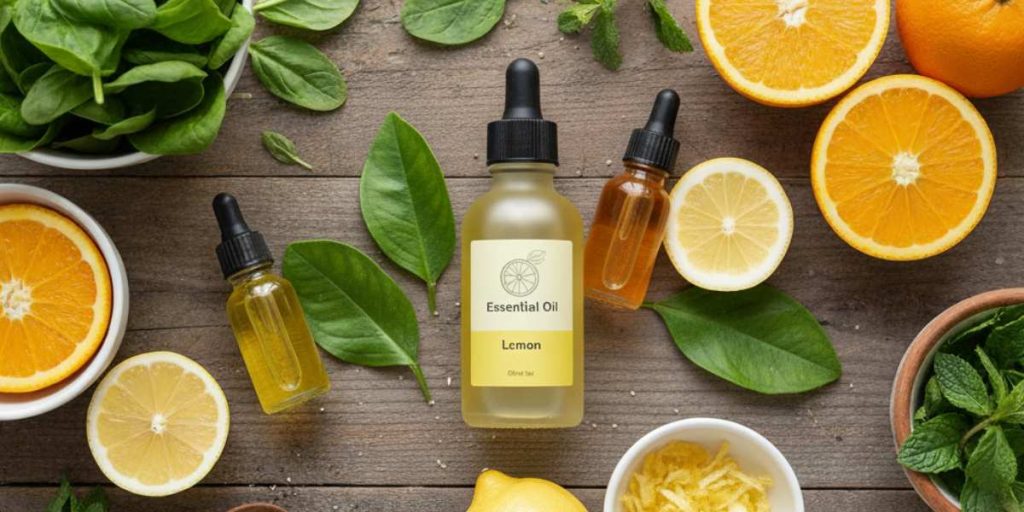
The Main Attraction: Lemon Essential Oil
Out of the oils that are edible for plant-based dishes, Lemon Essential Oil is the clear winner. It comes from the cold-pressed peel of lemons with the added mastery of capturing the pure lemon aroma, which brings a bright sensation to food.
Tasting Notes:
Sweet and zesty, Lemon Essential Oil brings a refreshing sensation with sunshine captured in a waterlike form.
Common Culinary Uses:
- Enhancing salad dressings and marinades.
- Brightening some sweets and baked delicacies.
- Flavoring smoothies and various kinds of teas.
- Crafting cooling dips and other accompaniments.
How to Use Lemon Essential Oil in Cooking:
- Start Small: One drop will do as a form of a ‘unit’. Use carrier oils or honey and plant-based butter to blend with other oils.
- Do Not Subject to Heat: Add to no-cook recipes or at the very end of the cooking to retain the soft notes.
- Mix with Ingredients that Nurture: Lemonaceous delights from coconut milk, basil, rosemary, ginger, or avocado.
Adopt while meticulously formulated plant-based baking with. One drop of Lemon Essential Oil while making lemon loafs, raw cheese cakes, or vegan frosting.
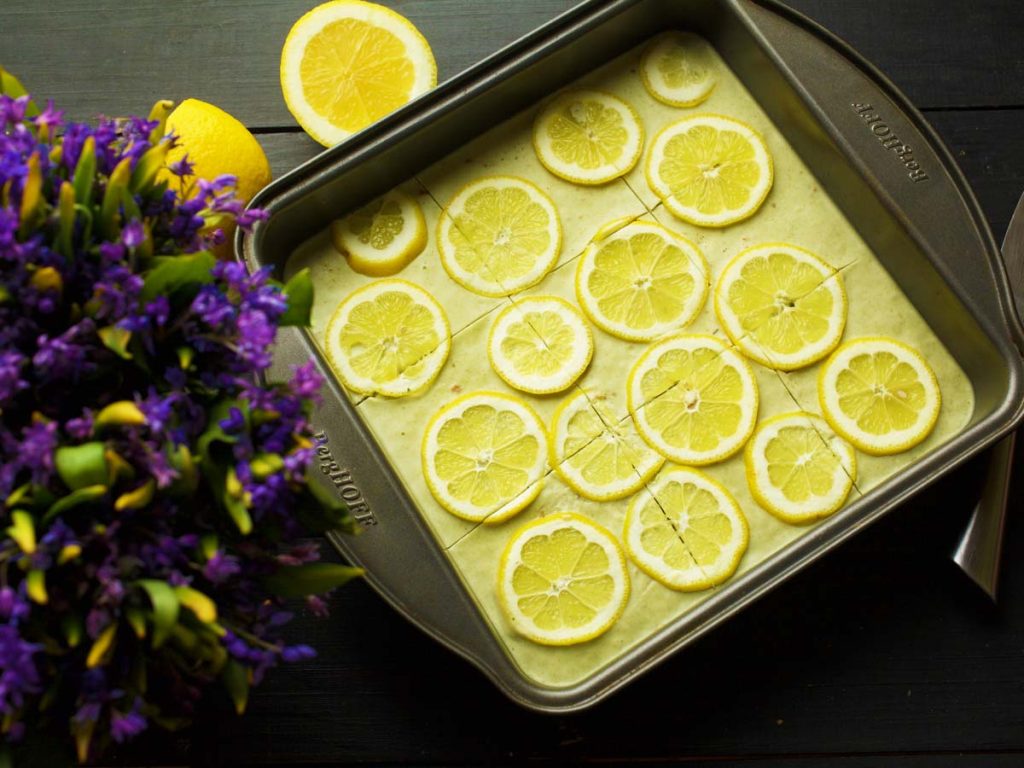
Lemon Basil Dressing
A swift, pleasant-smelling addition to any salad or grain bowl.
- 3 tbsp olive oil
- 1 tbsp apple cider vinegar
- 1 tsp of maple syrup
- 1 drop of Lemon Essential Oil
- 2 tbsp of freshly chopped basil
- Salt and pepper to taste
Whisk all and pour over roasted vegetables or quinoa bowls. The lemon oil gives a bright, crisp note, and ties everything together beautifully.
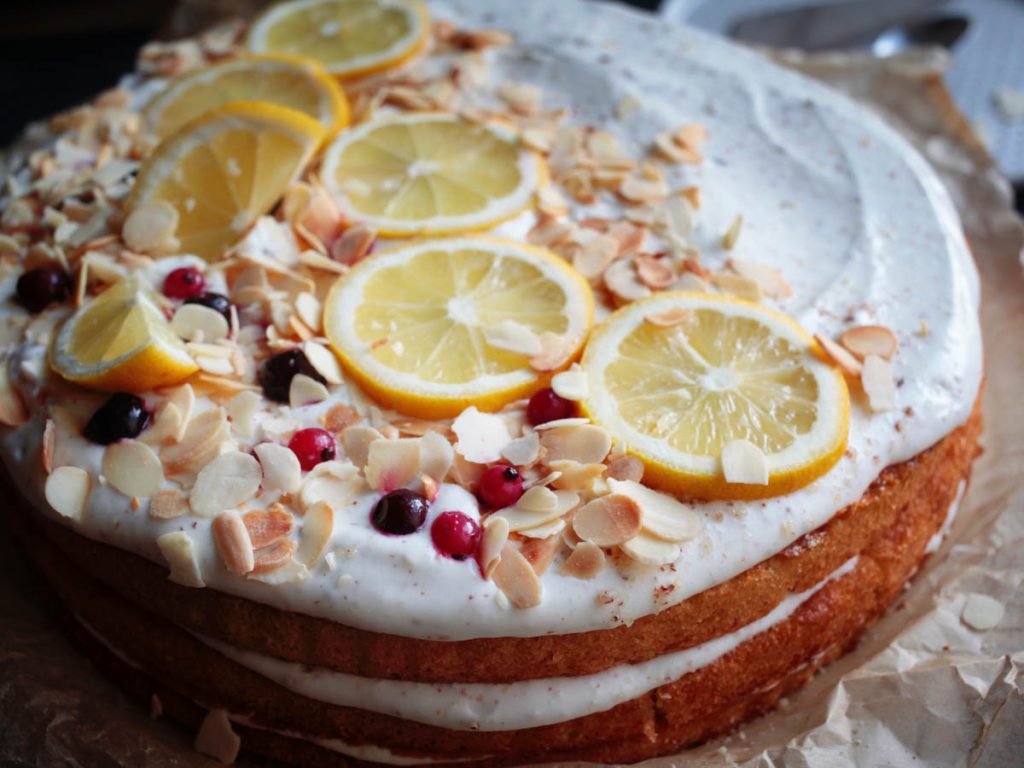
More fun essential oils to use
- Peppermint Essential Oil
- Taste: Fresh, cool, and a little sweet.
- Ideal For: Smoothies, herbal teas, and raw desserts.
You can add a drop or two in a chocolate protein smoothie and vegan fudge and turn your dish into a mint delight.
- Sweet Orange Essential Oil
- Taste: Juicy and fruity with a hint of flower.
- Ideal For: Infused water, raw vegan desserts, and dressings.
Try adding to a cashew cheesecake filling and whipped coconut cream to create a sweet and zesty dish.
- Ginger Essential Oil
- Taste: Sweet and spicy with a rich scent.
- Ideal For: Soups, sauces, and stir-fries.
Wonderful in vegan peanut satay with a drop or two, or in ginger carrot soup whereby a drop or two greatly enhance the flavor.
- Cinnamon Bark Essential Oil
- Taste: Spicy and sweet with a hint of spice.
- Ideal For: Fall desserts, granola, and oatmeal.
A dash or two can start off your morning as you pour your oat bowl or sip on your oat milk latte with spice-infused warmth.
Each of the oils below has special qualities that makes them well suited for trying out new plant based recipes.
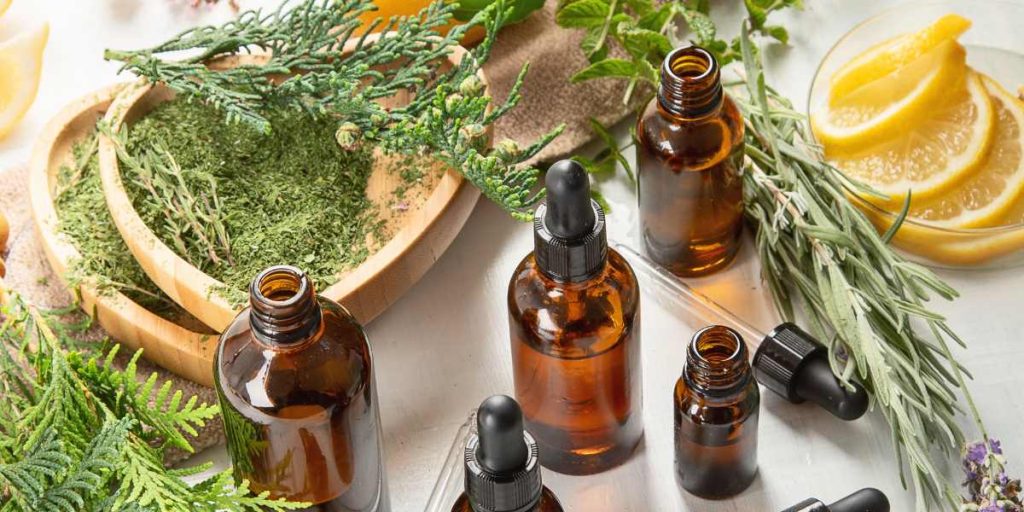
Safety Precautions to Take For Cooking with Essential Oils
Because essential oils are very strong, it’s important to exercise caution. A little bit of know-how will go a long way towards balancing and flavoring your dishes so that they are safe.
Select Oils That Are Food Grade
Not every essential oil is safe to consume. Search for oils that are labeled as food grade, edible, or for culinary use.
Employ A Concentrate Medium
Incorporate oils with olive oil, coconut oil, or plant based milk before adding them to your recipe. This dilutes the oils so that they can be added evenly without becoming over concentrated
Be Precise
When it comes to a recipe with the ingredients that asks for 1 drop, you should start with half and use the toothpick method. For this method, dip the end of a toothpick in the oil and swirl it into your mixture, then taste and adjust as necessary.
Do Not Use Plastic Cooking Tools
Essential oils can, over a period of time, break down and degrade plastic. Use oil containers that are made of glass, stainless steel, or ceramic, as well as the utensils for mixing and storing.
Proper Storage Procedure
To keep the potency of edible essential oils and their freshness, essential oils should be stored in a cool and dark cabinet and the top should be kept tight.
In plant-based cooking, flavor is everything- and edible essential oils add a whole new layer to the complexities of vegan cooking. The zingy lemon oil, the soft warmth of ginger, the warmth of orange, and a constellation of other oils glimmering in the heart of spices and herbs are ready to swirl, brighten, and deepen your cuisine with little effort yet profound results.
Essential oils have the potential to add a beautiful, rich, delicious, and scented experience to each plant meal when used with the appropriate levels of imagination, precaution, and imagination.
If you make this, please leave a review and rating if you liked this recipe! ★★★★★

